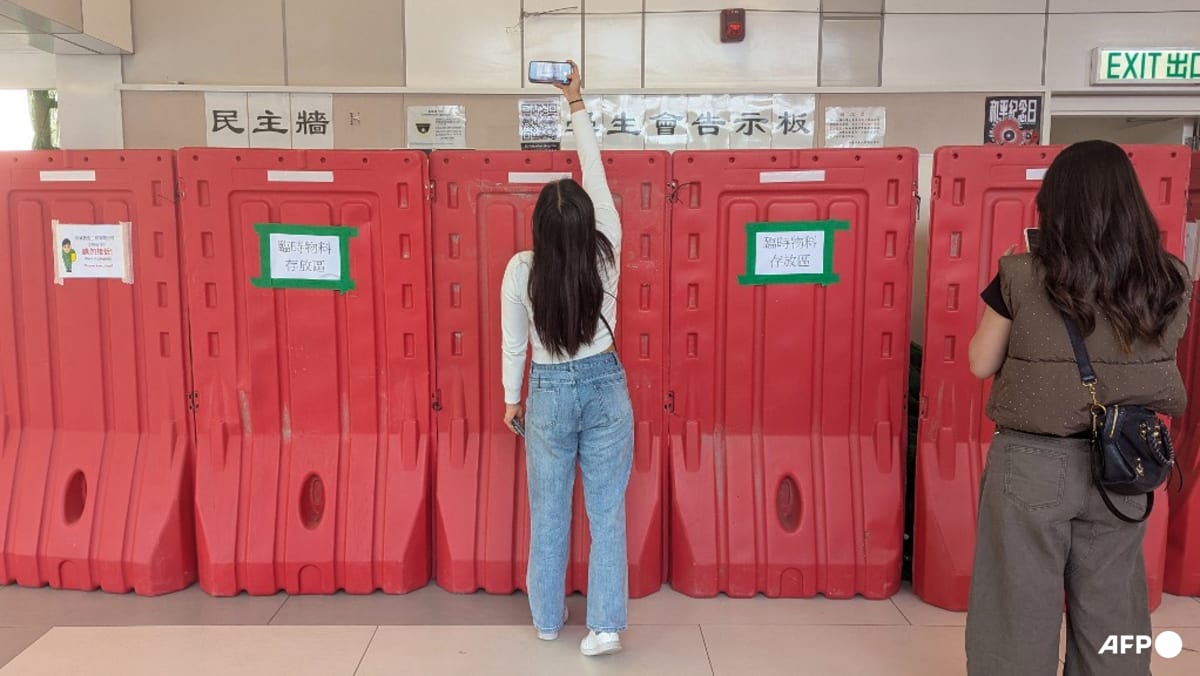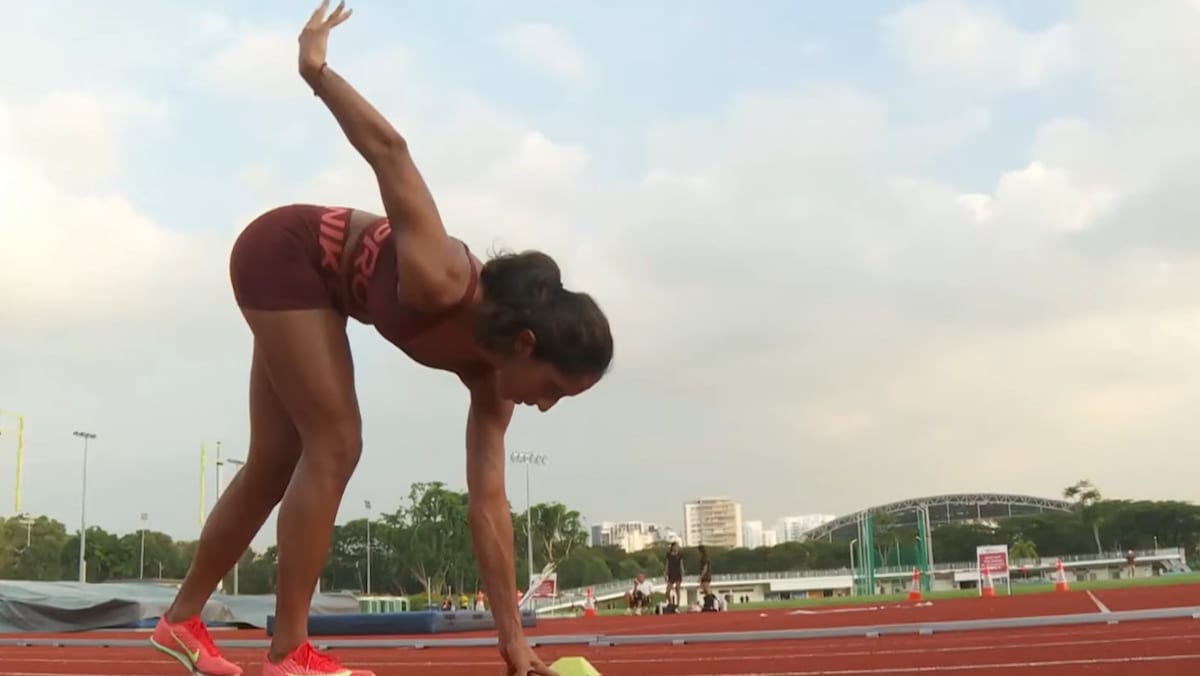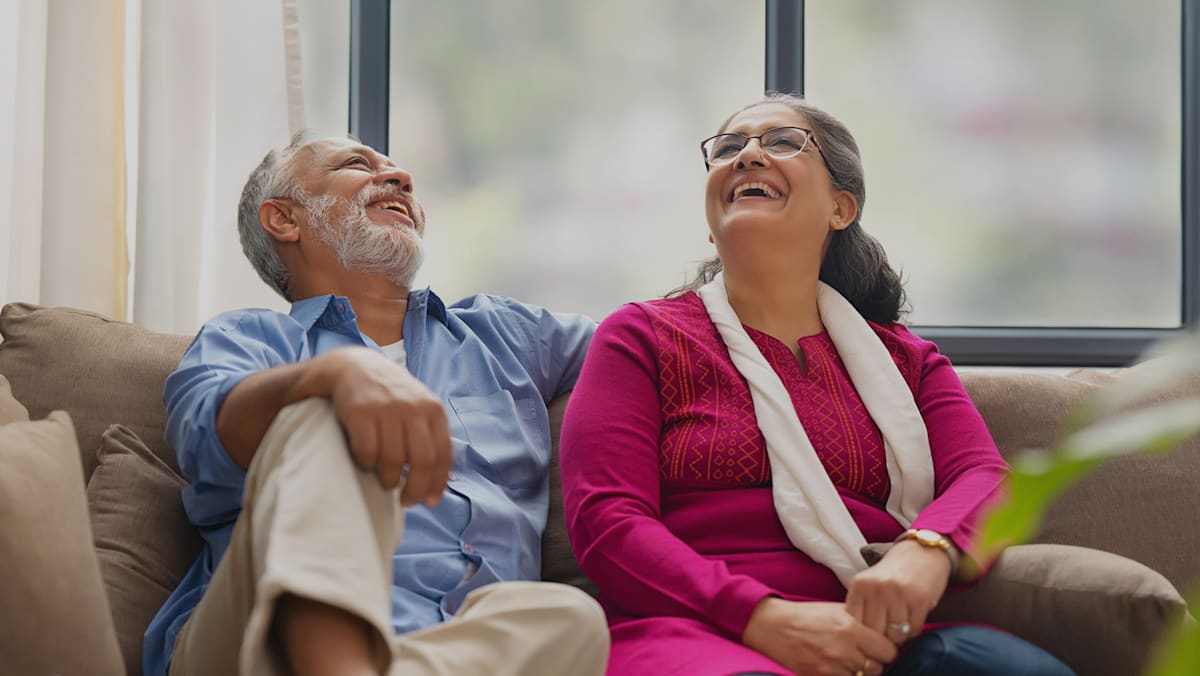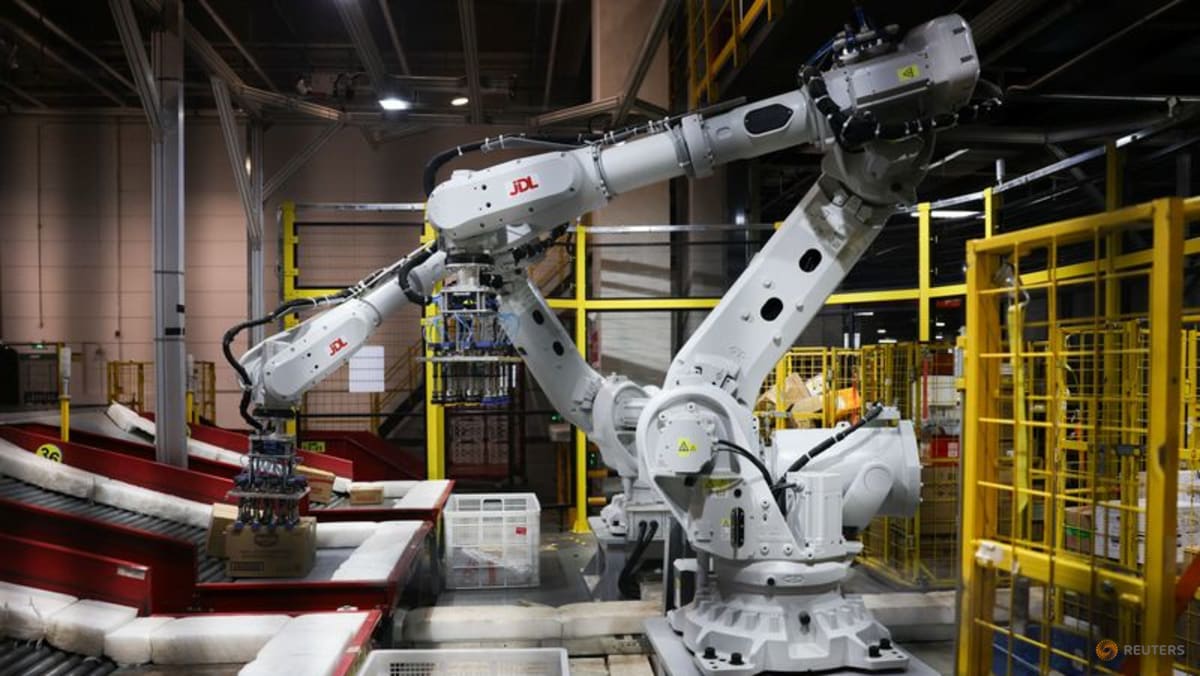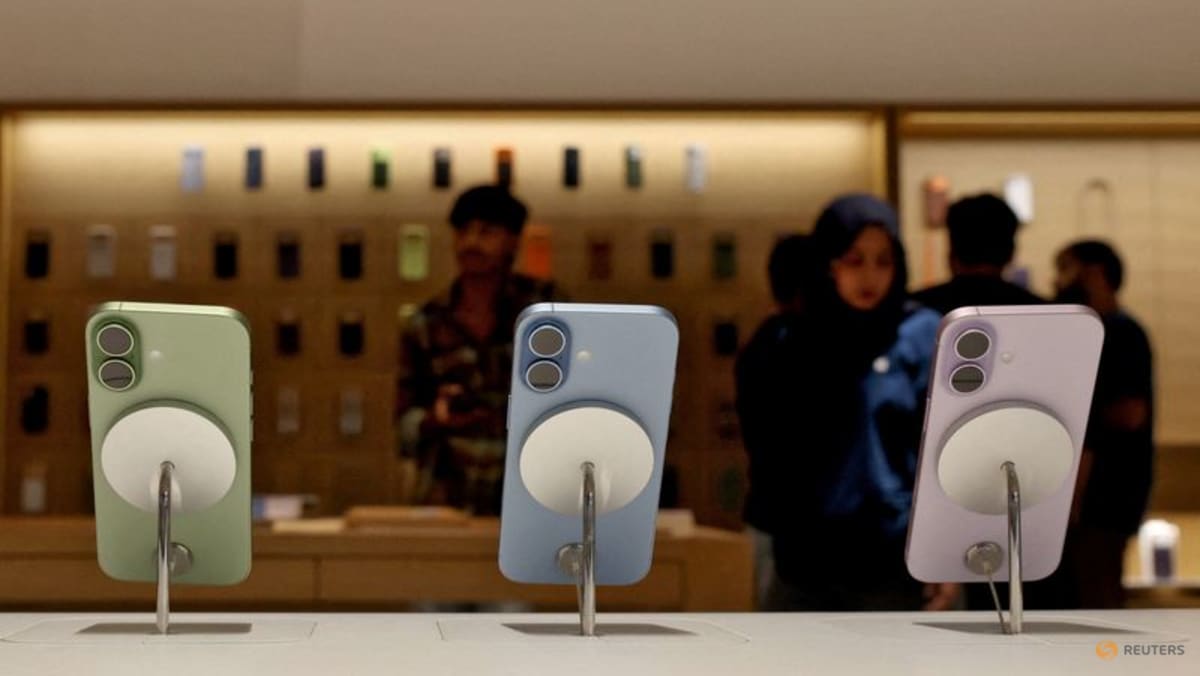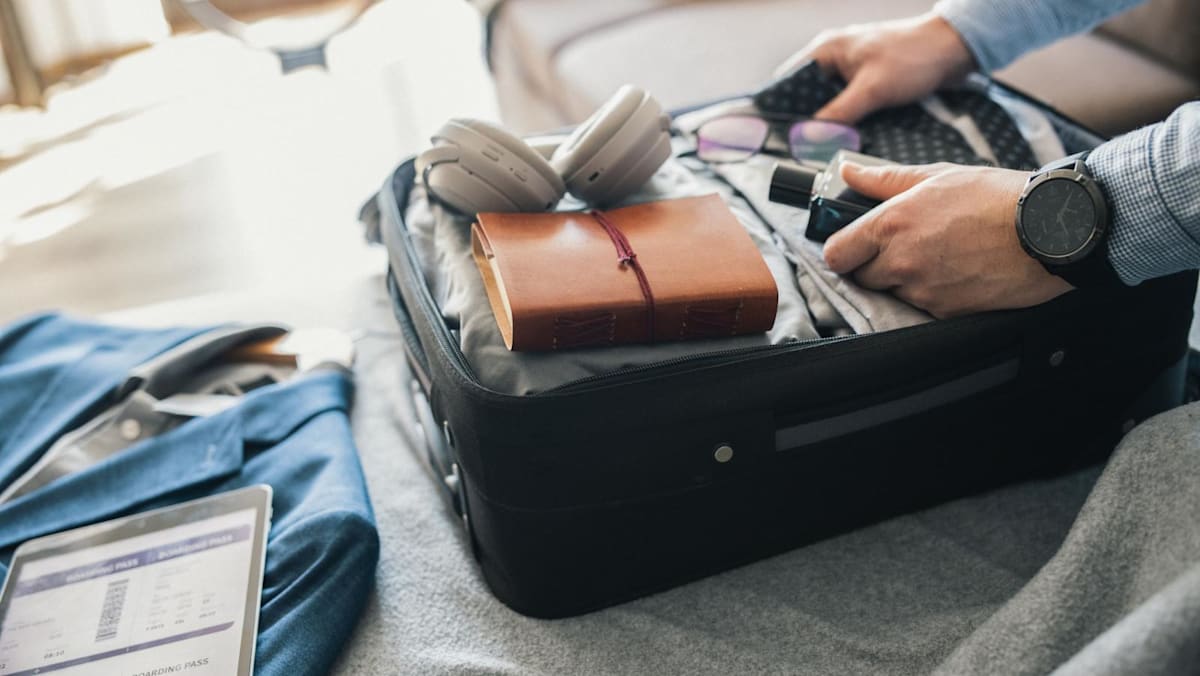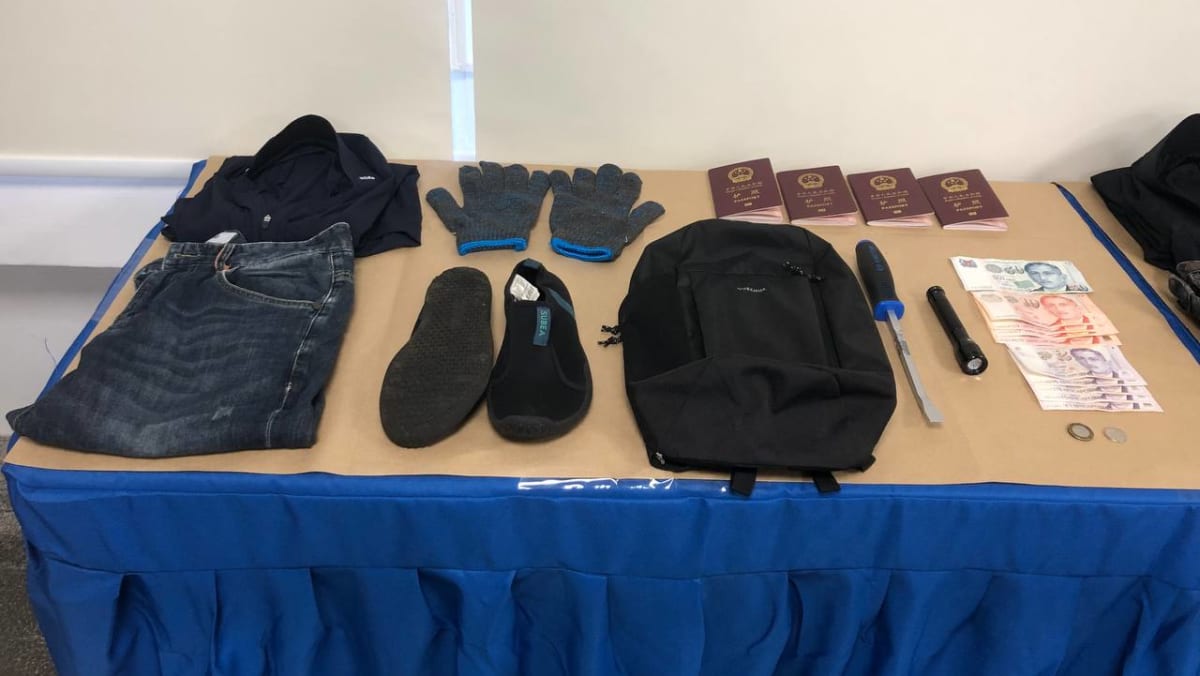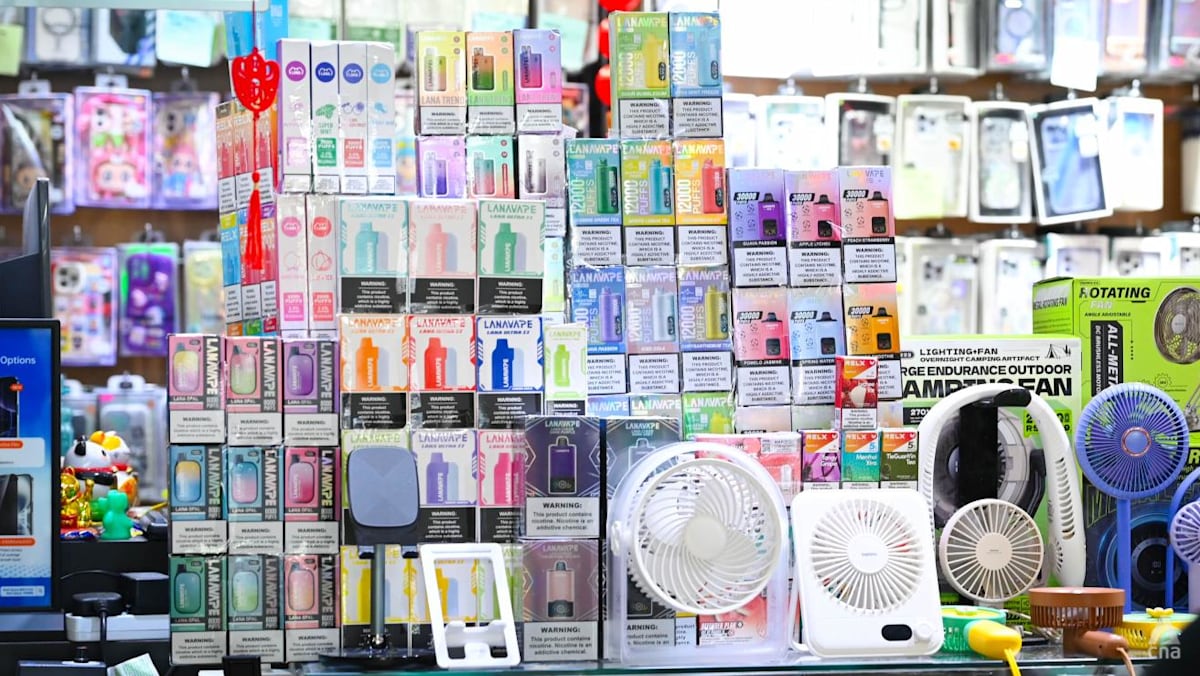Chunky sneakers and shoes were all the rage for a while, but as the fashion tides finally turn, footwear trends are going in the direction of shapes that are looking a lot slimmer and thinner.
In the style spotlight are low-profile sneakers such as the Adidas Samba, Puma Speedcat and Onitsuka Tiger Mexico 66.
While these shoes aren’t designed for intense sporting activities, they are easy to wear, which is why they are used for everything from leisurely strolls to even training in the gym.
But just how do they measure up when it comes to foot health? Principal podiatrist of Straits Podiatry, Daniel Wong, tells us more.
THE GOOD AND BAD OF LOW-PROFILE SNEAKERS
“They are lightweight, flexible, and cushioned just enough to feel soft when you slip them on. That’s why many people assume they’re good ‘all-rounders’,” said Wong.
But while they feel okay for everyday wear, they may not be all that good for your feet in certain circumstances.
“Low-profile sneakers tend to have a slimmer midsole with less cushioning and structure compared to running or proper training shoes," explained Wong. "They can also have a thinner and flatter base with a flexible sole, which keeps the foot closer to the ground. This can provide good ground feel and stability for short walks or casual wear. Some models attempt to incorporate some sort of arch support inlay that arguably adds a bit of support, but most prioritise style over function.”
The flaws of these shoes in terms of foot health? Limited cushioning and minimal arch support can contribute to foot injuries or fatigue of the feet. The thin soles also mean that they do not provide a high level of shock absorption. Finally, while they may be sporty-looking, they may not always be designed for doing sports in, particularly those that involve high-impact activity.
DON'T WEAR THEM FOR THESE ACTIVITIES
Here’s why low-profile sneakers are not ideal in these situations, according to Wong, and when you should swap out your favourite pair of Sambas for proper walking or sports shoes.
Walking long distances, standing for prolonged periods of time: Low-profile sneakers have minimal outsole cushioning and limited arch support. This means they do not absorb repetitive shock well
Walking on uneven outdoor terrain or hiking: The flexible, thin soles don’t protect against rocks, uneven ground or impact.
High-impact gym training and workouts: Some types of low-profile sneakers are designed for certain low-impact sports, such as weightlifting and low-intensity aerobics. “Use of these shoes during activities such as static weight training, is usually fine. Flatter soles may even help some individuals with stability during certain exercises. But for high-impact cardio, or longer sessions in the gym, these shoes lack the shock absorption and foot.”
Running or light running: “Even if they are marketed as ‘sporty’, low-profile sneakers – in reality – are not designed as running shoes. Running puts 2.5 to 3 times our body weight of force through our joints. Hence, proper running shoes with adequate cushioning, support and durability are much safer for our feet.”
Tennis, basketball or HIIT classes: These are sports that involve ‘cutting’ manoeuvres, pivoting and lateral movements – a lack of stability for the feet can increase the risk of injury.
WHO SHOULD AVOID THEM
Versatile low-profile sneakers may suit pretty much everyone in terms of style, but they certainly aren’t good for all types of feet. It’s best to avoid them if you have these foot or health issues.
Flat feet or high arches: Without adequate cushioning and supportive features, which are very important to feet with these specific issues, these shoes can worsen strain on the arches, feet, ankles and knees.
Plantar fasciitis, heel pain or Achilles tendon issues: The thin soles provide less shock absorption, which can increase discomfort or injury risk.
Diabetes or neuropathic pain: The low level of cushioning and lack of protective structure mean higher risk of stress on pressure points and skin breakdown.
Arthritis or joint problems: Insufficient shock absorption can increase stress on the joints.
FEATURES TO LOOK OUT FOR
Besides brand and design – which are also important, of course – here’s what Wong said you should be marking off your checklist when shopping for your next pair of low-profile sneakers.
Adequate cushioning: Avoid styles that are overly flat and have extremely thin soles. Look out for midsoles made out of foam or EVA (a soft, flexible polymer typically used for making sports shoes), which can help alleviate stress on the feet and joints.
Ample arch support: A good shoe should have built-in arch contouring – this will help support the foot and reduce overpronation, which can lead to issues like bunions, plantar fasciitis and heel spurs. If there’s a model that you really like but doesn’t have this feature, check if the shoe has a removal inlay that you can replace with a more orthotic-friendly option.
Stable heel counter: A firm heel counter (the part that wraps the back of your heel) helps control motion and prevents excessive rolling inwards or outwards. Avoid shoes with overly soft, floppy heel counters.
Comfortable fit: Ensure the sneaker fits snugly at the midfoot and heel but leaves enough room for your toes. A wide or rounded toe box is preferable – this prevents toe crowding, and issues like bunions or calluses.
Good outsole grip and flexibility: A rubber outsole with some traction is better than slick soles, which may cause you to slip on smooth floors. Moderate flexibility is good in the sole – it shouldn’t be so stiff that it restricts natural foot motion.

